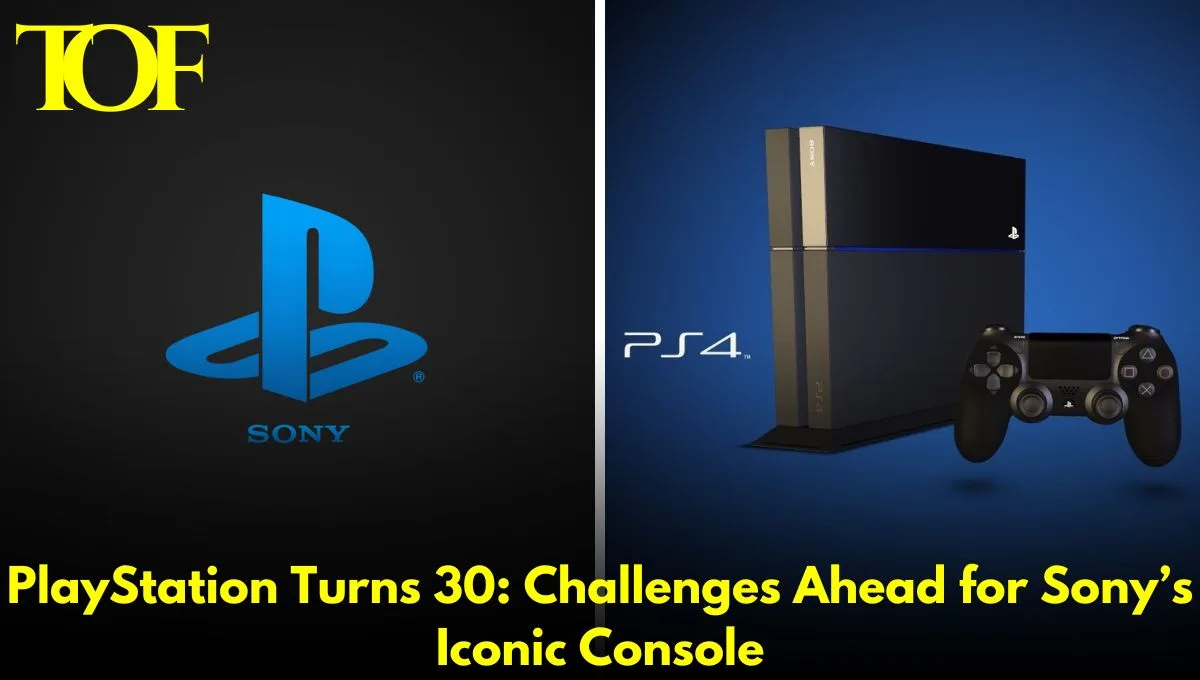This year, the PlayStation brand celebrated its 30th anniversary since its launch in 1994. Since then, it has become a synonym for state-of-the-art gaming technology with more than 500 million units sold worldwide. Still, as it marks this milestone, PlayStation faces growing challenges: from increasing prices to a new, more aggressive player on the gaming PC market.
Ken Kutaragi, generally known as the father of PlayStation, recalled at the Tokyo Game Show in September that even within Sony, the success of the console was not ensured at first. However, the skepticism was faced by PlayStation which revolutionized the gaming world by making consoles no more children’s toys but rather sophisticated entertainment apparatuses with their high-definition graphics and processing power.
The first PlayStation, which came out in Japan on December 3, 1994, was a game-changer in its own right, offering capabilities that were equal to those of high-end PCs. With each new generation, Sony continued to innovate: the PlayStation 2 was the first console to play DVDs, and the PlayStation 5 supports 8K resolution. These innovations enabled PlayStation to remain a “high-end” gaming console.
However, things are different for Sony now. Even though PlayStation consoles still rule, gaming PCs have emerged as a great competitor, at least when it comes to graphics and performance quality. The latest price for the PlayStation 5 was ¥79,980. At such prices, new consumers might find it hard to buy this console. Again, an aging user demographic could potentially make younger users less willing to buy into PlayStation for future growth.
The more the firm surmounts the mentioned problems, the strategies devised for attracting a mass market to this product will be instrumental to the continued success of the PlayStation brand.
To Read More: Technology

